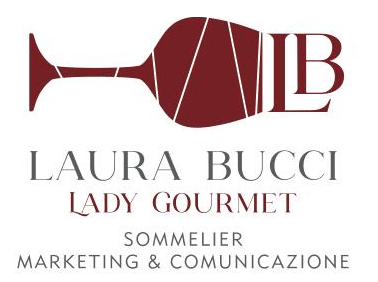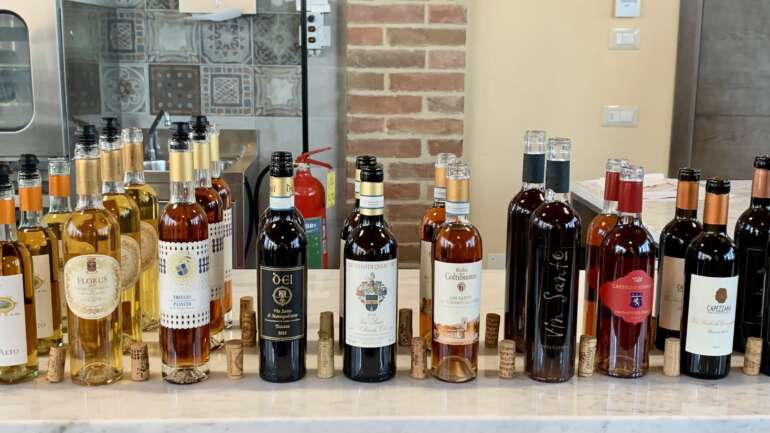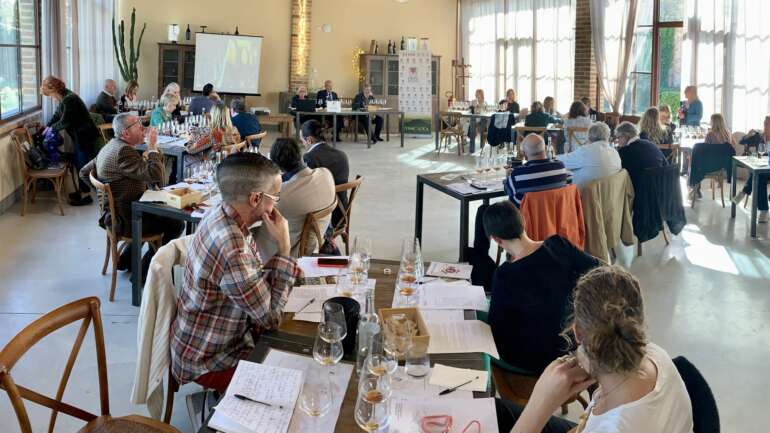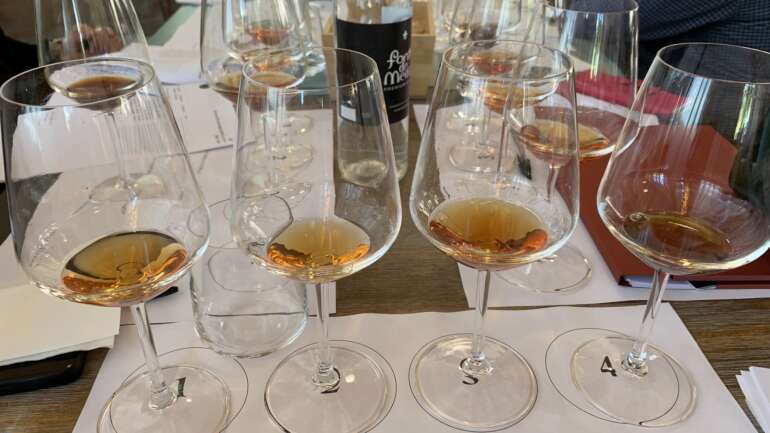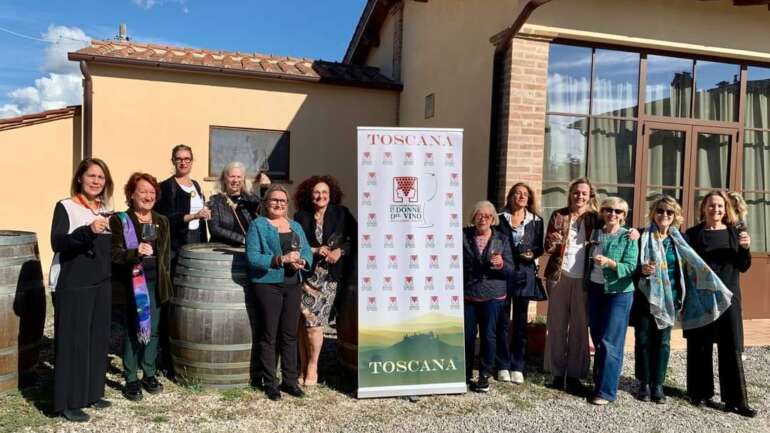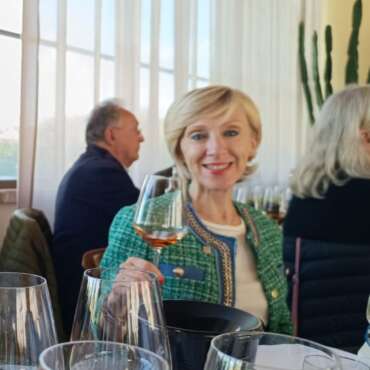A wonderful event on Saturday, October 28 at Fattoria del Colle in Trequanda guests of Donatella Cinelli Colombini, Tuscany delegate of theNational Association The Women of Wine, who presented his Passito on the occasion.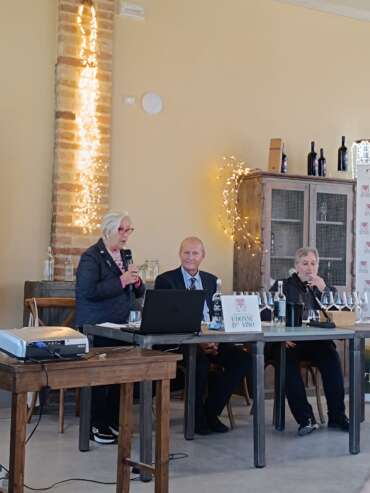
Leading the presentation was food and wine journalist Gianni Fabrizio with speeches by Donatella Cinelli Colombini and the producers present and the participation of Roberto Scalacci, manager of the Tuscany Region Department of Agriculture, representing Councillor Saccardi.
An important past that of Tuscan sweet wines: Aleatico brought to the Tuscan coast by the Greeks, Vin Santo appreciated since the Renaissance and Moscadello already exported to Paris and London in the 1600s. But a complex present because of the minimal quantities produced and the high production costs in the face of the many energies and professionalism expended.
Several interesting insights and proposals for the future, including unusual and provocative ones.
But let's start with the common characteristics of sweet wines:
- They are strongly tied to tradition and also because of this they often tend to be considered "old"
- "Aging" is necessary both because of the overly standardized and sometimes outdated image and because of consumption patterns
- These are niche productions that do not have critical mass
- They are mainly sold at the winery, at the place of production
Tradition can be reevaluated by enhancing the image with more refined styles and exclusive packaging that treats the product as a true work of art complete with a numbered and signed certificate (this is how Donatella Cinelli Colombini enhances her 364 bottles of Passito from aromatic Traminer grapes), precious products destined for enthusiasts and collectors able to appreciate their value.
Different modes of consumption also contribute to the path of renewal: consumer tastes are changing and taste experiences such as pairing (banished cantucci!) with very aged and blue cheeses even as an aperitif or appetizer (purists and hard-core sommeliers will twist their mouths, but with an interval after sweet wine you can really drink something else) and directing sweet wines to markets such as Asia where sweet taste is part of the culinary culture.
Promoting wine tourism routes would finally help purchases at the end of the visiting and tasting routes. An activity to be done at the regional level.
Among other things, the Tuscany region executive remarked that thanks to the work done by the region in the 1990s, Vin Santo can only be produced in Tuscany and pointed out that the region's sweet wines could be part of the regional project to "enhance and recover traditional Tuscan productions essential elements in the narrative of centuries of experience."
The invitation is to get out of the comfort zone, aim high and aim far.
These sweet wines tasted:
Badia a Coltibuono Vin Santo DOC 2013
Banfi Florus Moscadello di Montalcino DOC 2019
Capezzana Vin Santo di Carmignano DOC Riserva 2016
Castello di Querceto Vin Santo del Chianti Classico DOC 2018
Castello Sonnino Red Label Vin Santo del Chianti DOC 2015
Dei Vin Santo di Montepulciano DOC 2016
Donatella Cinelli Colombini Passito IGT Toscana 2018
Fattoria Aldobrandesca Aleatico Sovana DOC Superiore 2022
Fattoria Le Pupille Passito Solalto IGT Toscana 2019
Tenuta di Artimino Vin Santo di Carmignano DOC Occhio di Pernice 2012
Tenuta Il Corno Vin Santo 2004
Villa di Vetrice Vin Santo del Chianti Rufina DOC 2005





